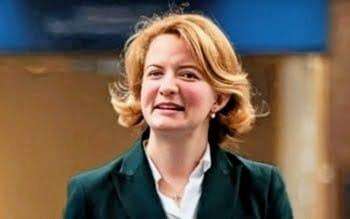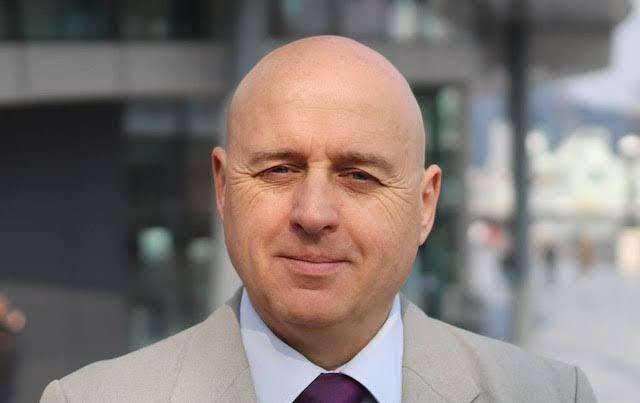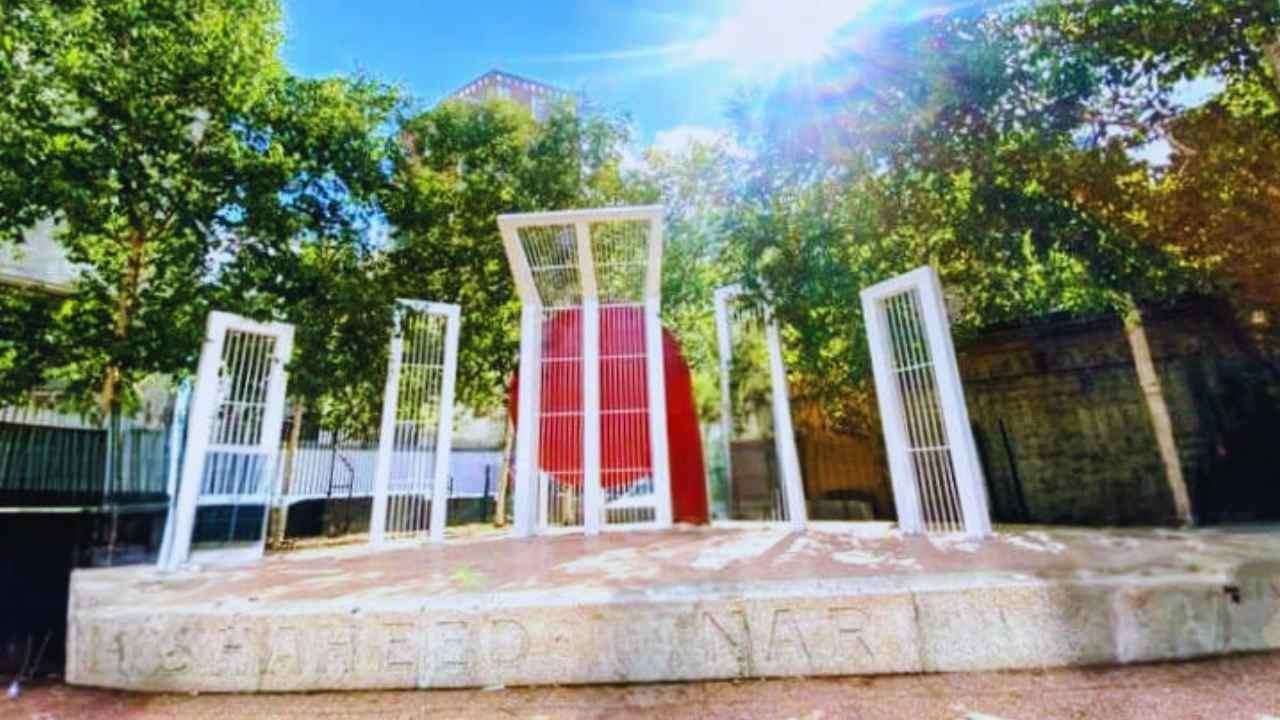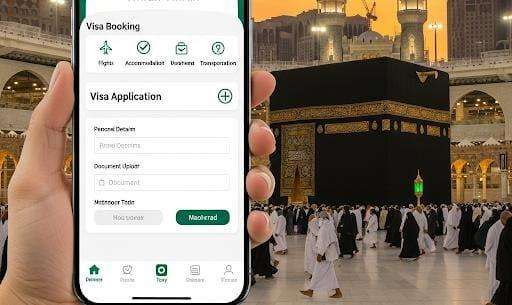East London, particularly the borough of Tower Hamlets, is the historic and cultural heart of the British-Bangladeshi community. With nearly 35% of the local population identifying as Bangladeshi, the area has the largest concentration of Bengalis in the UK. This community's deep roots and resilience have shaped the social, political, and economic landscape of the area, transforming places like Brick Lane into "Banglatown."
A History Forged by the Sea and Hardship: The Sylheti Connection
The presence of Bengalis in Britain dates back to at least the 17th century. The earliest settlers were lascars, sailors recruited from British India to work on merchant ships. It is a crucial point that a vast majority of these seamen were from the Sylhet region of what is now northeastern Bangladesh. They were attracted to maritime work due to Sylhet's numerous rivers and its proximity to major ports. Many of these sailors, upon arriving in Britain, settled near the docks of East London. Their numbers grew slowly through the 18th and 19th centuries, often facing poverty and hardship.
A significant wave of migration began in the 1950s and 60s, as the British government encouraged workers from Commonwealth countries to help with post-war rebuilding. Many Bangladeshis, particularly those from Sylhet, were drawn to East London by the low-cost housing and job opportunities in industries like garment factories and textiles. This initial wave was predominantly male, with workers living in cramped, shared accommodation and sending money back home.
The Bangladesh Liberation War of 1971 served as a major catalyst, as many more Bengalis fled the devastation to join relatives already in East London, further solidifying the community's dense concentration in the area. The Sylheti identity, with its unique dialect and cultural practices, became the dominant strain of the Bangladeshi identity in East London.
Community and Activism
The 1970s marked a turning point. As the community grew, it faced increasing racism and violence. The murder of Altab Ali in 1978, a young Bangladeshi leather machinist, sparked outrage and ignited the Bengali anti-racist movement. A protest of 10,000 people marched from Whitechapel to Westminster, a powerful demonstration of the community's newfound unity and political strength. This struggle forged a strong community identity and an anti-racist resistance movement, cementing Brick Lane as a crucial symbol of cultural and political solidarity.
The Rise of the Mosque Community
The growth of the Bangladeshi community has been intrinsically linked to the development of its religious and cultural institutions. The East London Mosque, located in Tower Hamlets, stands as a prominent example. While smaller prayer rooms had existed earlier, the East London Mosque's establishment in the 1940s served a growing Muslim migrant population. Its size and prominence grew with the Bangladeshi community, symbolizing their visible presence and resilience. Today, combined with the London Muslim Centre, it's one of the largest mosques in Europe, a testament to the community's growth and its central role in East London's Islamic life. The mosque is not just a place of worship but a vital community hub, offering social services, education, and a space for activism and cultural events.
The Fabric of a New Home
The community's impact extends far beyond politics and religion. Culturally, they have left an indelible mark on East London's landscape. Brick Lane, once a center for the clothing trade, has become a world-renowned destination for its vibrant Bangladeshi restaurants, earning it the nickname "Curry Mile." Many of these establishments were opened by Sylheti entrepreneurs. The area is also celebrated for its street art, like the "Mateer Tan" mural, which captures the dual identity of being caught between two lands. The artwork specifically references a Sylheti teapicker, a nod to the region's prominent tea industry, further highlighting the community's specific heritage.
Despite historical and ongoing challenges, including socioeconomic deprivation and overcrowded housing, the British-Bangladeshi community in East London continues to thrive. A new generation of highly educated professionals, artists, and entrepreneurs is building on the foundations laid by their forefathers, ensuring that the legacy of struggle and resilience continues to shape the future of both the community and the city it calls home.
Statistics on British Bangladeshis
According to the 2021 census, there are over 652,500 Bangladeshis in the United Kingdom, making up nearly 1% of the total population. Nearly half of this population, or around 322,000 people, live in London, primarily in East London boroughs.
- Tower Hamlets has the highest concentration, with Bangladeshis making up around 34.6% of its total population.
- Newham is next with 15.9%.
- Redbridge and Barking and Dagenham both have around 10% of their population identifying as Bangladeshi.
Outside of London, there are significant Bangladeshi communities in cities like Birmingham (48,000), Oldham (21,700), and Luton (20,600).
_3.jpg)
_4.jpg)






.svg)

_7.jpg)
